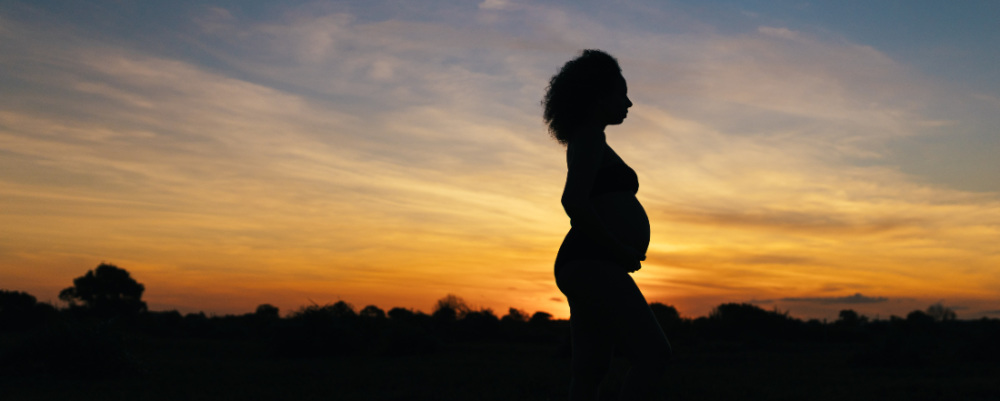
California Pregnancy-Associated Mortality Review: California Pregnancy-Related Deaths, 2011-2019
- Christy McCain, MPH
- Paula Krakowiak, Dan Sun, David Reynen, Diana Ramos, Shabbir Ahmad, Romeo Amian, Connie Mitchell, Elliott K. Main, Christine H. Morton, Delphina Alvarez
-
Focus Areas
Health Care & Population Health, Women, Youth & Children -
Issues
Reproductive & Sexual Health -
Expertise
Research – Quantitative, Research – Surveillance -
Programs
California Pregnancy-Associated Mortality Review

Maternal mortality is a key indicator of population health. Deaths in pregnancy and postpartum should be rare events, so routine and accurate surveillance of pregnancy-related deaths is an essential public health responsibility.
Released in June 2022, data from the California Pregnancy Mortality Surveillance System (CA-PMSS) provides the most accurate information on California’s pregnancy-related deaths (including those up to one year after the end of pregnancy) occurring from 2011 through 2019.
See the dataHighlights include:
- California’s pregnancy-related mortality ratio (PRMR) in 2019 was 12.8 deaths per 100,000 live births and was lower than the PRMR of 16.1 in 2018. California’s PRMR began to rise gradually in 2013 and peaked in 2018.
- California’s PRMR was consistently lower than the U.S. PRMR from 2011 through 2017 (latest available national data).
- The rate of pregnancy-related deaths from hypertensive disorders of pregnancy (preeclampsia/eclampsia) decreased significantly in 2017-2019. For the first time, hypertensive disorders are no longer among the top five leading causes of pregnancy-related deaths in California.
- Cardiovascular disease continued to be the leading cause of pregnancy-related deaths in 2017-2019, followed by hemorrhage, sepsis or infection, thrombotic pulmonary embolism, and amniotic fluid embolism.
- Racial/ethnic disparities in the rates of pregnancy-related deaths narrowed in 2017-2019 but persist. The PRMR for Black birthing people was three to four times higher than the PRMRs for all other racial/ethnic groups in California. The PRMRs for Asian/Pacific Islander and Hispanic/Latina birthing people gradually increased from 2011 through 2019.
- The gap in the rates of pregnancy-related deaths by type of health coverage increased significantly from 2011 through 2019. In 2017-2019, the PRMR for those covered by Medi-Cal or another public program was nearly double the PRMR for those with private insurance (17.5 vs. 9.1 deaths per 100,000 live births). In 2011-2013, the PRMR did not differ by type of health coverage.
- From 2011 through 2019, the rate of pregnancy-related deaths was consistently higher for birthing people living in less advantaged community conditions than for those living in more advantaged community conditions.
Originally published by The California Pregnancy Mortality Surveillance System
Work With Us
You change the world. We do the rest. Explore fiscal sponsorship at PHI.
Support Us
Together, we can accelerate our response to public health’s most critical issues.
Find Employment
Begin your career at the Public Health Institute.


